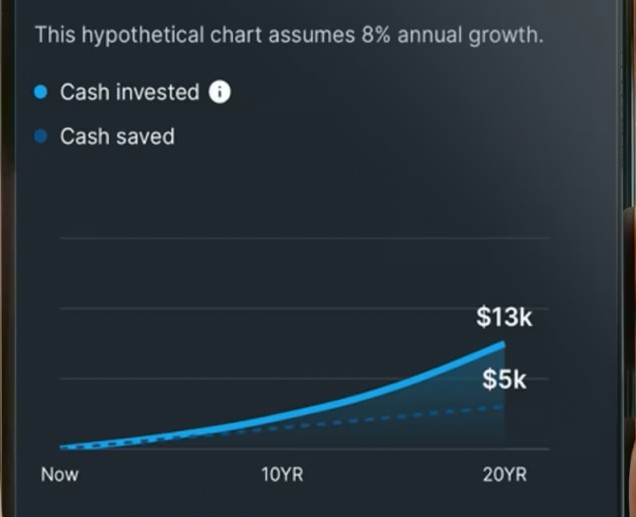Introduction: Why Financial Planning and Analysis Matters
In today’s data-driven business world, Financial Planning and Analysis—commonly known as FP&A—serves as the financial backbone of any company. FP&A professionals help budget, forecast, and shape strategic decisions by interpreting financial data and planning for future growth. If you’re someone who thrives on numbers, enjoys problem-solving, and dreams of helping businesses succeed, a career in financial planning and analysis might be your ideal path.
1. What Is Financial Planning and Analysis?
FP&A goes well beyond crunching numbers. It involves:
-
Budgeting & Forecasting: Building detailed financial plans and realistic projections to guide businesses.
-
Variance Analysis: Identifying and explaining the differences between expected and actual financial outcomes.
-
Strategic Insights: Collaborating with cross-functional teams to support data-driven decisions.
-
Scenario Planning: Preparing organizations to handle market fluctuations or unforeseen challenges.
As an FP&A professional, you become the financial compass guiding an organization’s strategic direction.
2. The Essential Skills You Need to Thrive
Embarking on an FP&A career requires a well-rounded skillset:
-
Analytical Thinking: Ability to interpret financial data and spot hidden business trends.
-
Financial Modeling: Creating models—typically in Excel—to forecast business scenarios and support decision-making.
-
Accounting Fundamentals: Proficiency in key statements (balance sheet, P&L, cash flows) for accurate analysis.
-
Communication Skills: Simplifying complex financial insight for executive stakeholders in clear, compelling presentations.
-
Technical Tools: Familiarity with Excel analytics, Power BI, or software like Adaptive Insights or Hyperion.
Start building these skills today through hands-on practice, online courses, or workshops.
3. Education & Certifications That Set You Apart
While not always mandatory, these credentials enhance your marketability:
-
Degrees: BS or BA in Finance, Accounting, or Economics. An MBA or Master’s in Finance can be a strong differentiator.
-
Professional Certifications:
-
CFA (Chartered Financial Analyst) – globally recognized standard.
-
FP&A Certification (e.g. through AFP) – specialized for this function.
-
CPA (Certified Public Accountant) – strong for roles involving financial statement reporting.
-
-
Specialized Training: Excel-based modeling, scenario planning, Power Query training.
These qualifications showcase your investment in the discipline and elevate your competitive edge.
4. Gaining Real-World Experience
The classroom is just the beginning. To break into FP&A, practical exposure is key:
-
Internships: Budgeting, forecasting, or analyst intern roles in finance teams.
-
Entry-Level Roles: Junior analyst positions in finance/accounting departments to build foundational FP&A skills.
-
Projects: Join finance-related school clubs or case competitions—hands-on experience matters.
-
Volunteering: Nonprofits often need financial support—real-world practice for real impact.
Every piece of experience brings you closer to your first FP&A role.
5. Navigating the Job-Search & Interview Process
-
Resume & Cover Letter: Highlight analytical achievements (e.g., cost savings, modeling success).
-
Interview Prep: Be ready to walk through budgeting models, explain financial metrics, or analyze case studies.
-
Behavioral Questions: Showcase problem-solving and teamwork via past experiences.
-
Networking: Attend finance events, LinkedIn Finance Groups, or engage with professionals on platforms like the Association for Financial Professionals (AFP).
Proven enthusiasm, preparation, and real-world knowledge will help you stand out.
6. Building Your FP&A Network
-
Join industry groups: Like AFP or financial planning Slack communities.
-
Attend conferences and webinars: Engage with leaders and ask insightful questions.
-
Seek mentorship: Conversations with experienced FP&A professionals can influence your growth.
-
Contribute online: Publish LinkedIn posts on budgeting topics or industry trends.
These connections often lead to opportunities and ongoing growth.
7. Continuing Development: Stay Sharp in a Fast-Changing Field
-
Keep Learning: Engage in FP&A training programs, online courses, or FP&A forums.
-
Stay Updated: Trends like AI in forecasting, automated analytics, and data visualization are reshaping FP&A.
-
Participate in Communities: Follow blogs like The Rideshare Guy for analogous financial insights or broader budgeting expertise.
Continuous learning is a cornerstone of long-term success.
8. Climbing the Ladder: From Analyst to CFO
Typical FP&A career trajectory:
-
Financial Analyst → FP&A Manager: Overseeing forecasting and reporting processes.
-
Director of FP&A: Leading strategy and liaising with C-level executives.
-
Chief Financial Officer (CFO): Governing an organization’s financial strategy and operations.
Professional growth requires expanding analytical skills, managing teams, and mastering both strategy and communication.
9. Overcoming Common Challenges
Starting in FP&A can feel overwhelming. Here’s how to handle common hurdles:
-
Rising Competition: Sharpen your toolkit through certifications, Excel mastery, and financial modeling.
-
Adapting to Change: Stay flexible as systems and reporting expectations evolve.
-
Industry-Specific Jargon: Learn financial KPIs and accounting rules unique to sectors like retail or healthcare.
Empathy, preparation, and perseverance build success.
10. Your Next Steps to a Bright FP&A Future
-
Evaluate your readiness—skills, education, and experience.
-
Choose a foundational FP&A course (e.g., corporate finance modeling) to build confidence.
-
Apply for internships or analyst roles and practice case-based interviews.
-
Set goals (e.g., “earn CFA Level I by year-end”).
-
Share insights or follow FP&A influencers to stay connected.
The journey to a strong FP&A career is deliberate—but the rewards of influence, stability, and impact are well worth the effort.
Related Reads from BudgetWiseHub:
Final Thoughts: Own Your FP&A Career Path
Financial Planning and Analysis is more than a job—it’s a career you build by blending insight, data, and foresight. It’s the intersection of numbers and strategy, where every forecast helps guide a company forward. Start today with education, networking, and courage—and in a few years, you’ll be making decisions that shape businesses and careers alike.












